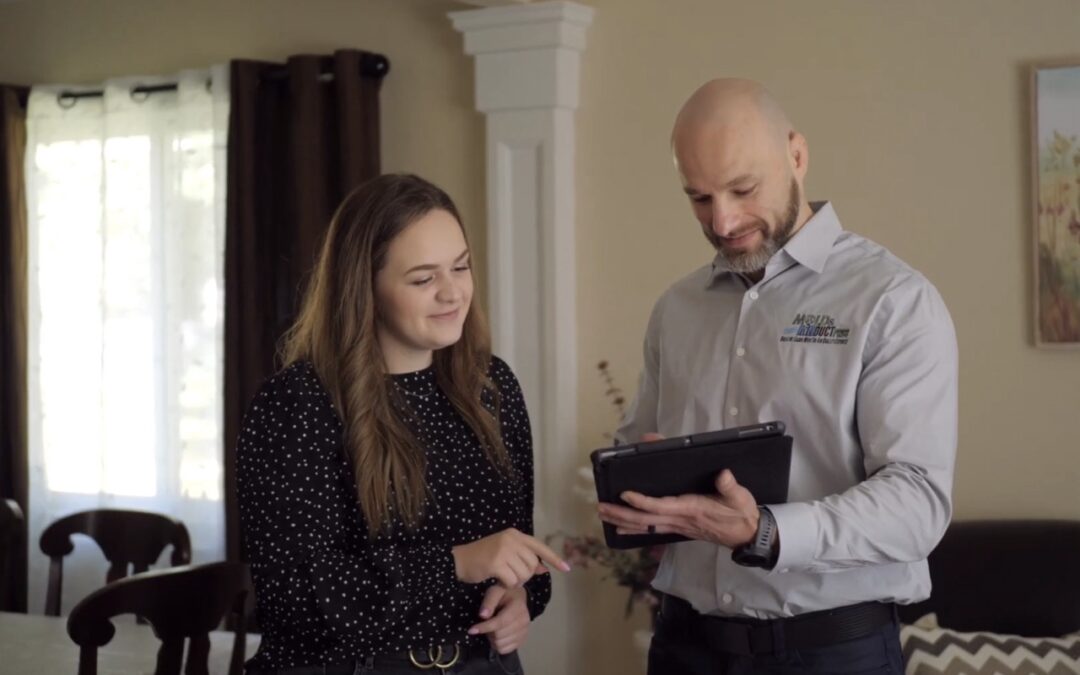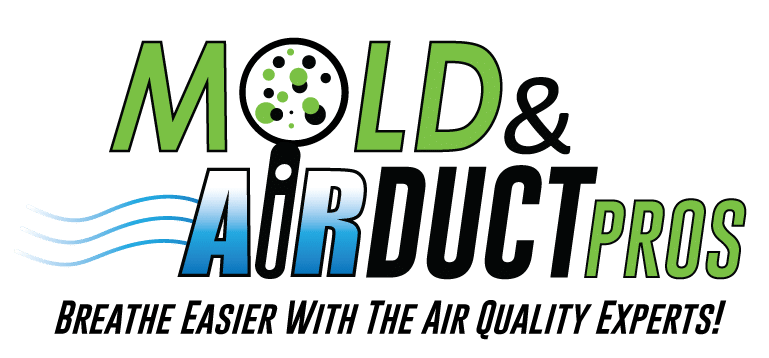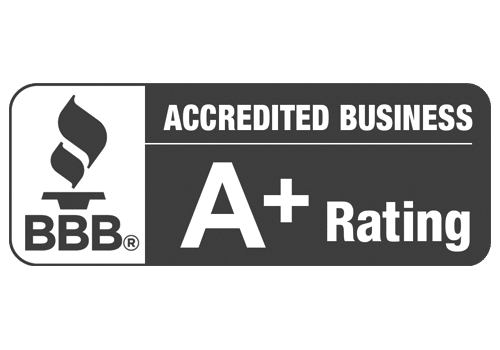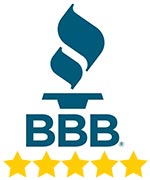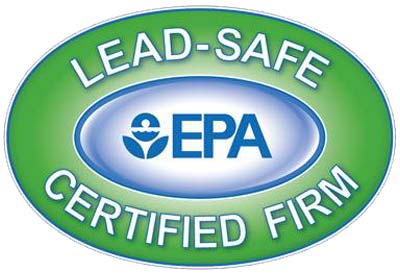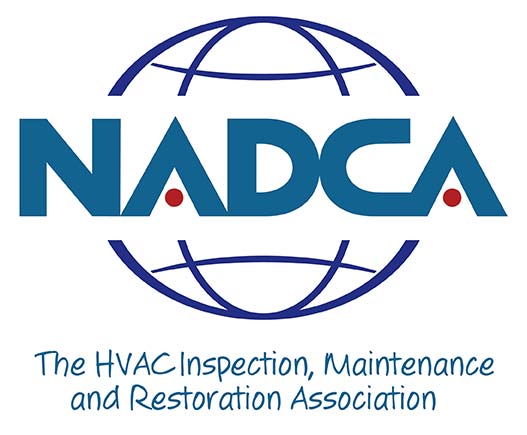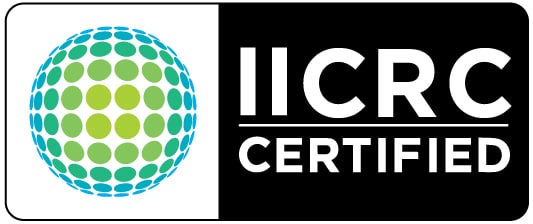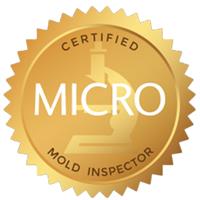Molds produce and release millions of spores small enough to easily become airborne. Exposure to indoor mold has increased along with public awareness that exposure to mold can cause a variety of adverse health effects. Although infections caused by mold are rare in healthy individuals, the exact effect of toxins is still not that well understood. Nevertheless, mold remediation is necessary to return a home to a safe, healthy condition and make it a suitable environment for residents here is what to expect for your home mold remediation.
Table of Contents
The Mold Remediation Plan
This is what to expect with a proper mold remediation plan. Following the steps below is crucial for a complete and successful mold remediation.
- Moisture control is the critical factor.
- Materials that can’t be dried and completely cleaned of any mold should be removed and discarded.
- Non-porous materials may be fully dried, cleaned and reused (metal, glass, plastic, stone countertops, etc.). These surfaces may be cleaned with bleach.
- Semi-porous materials may be cleaned as long as they remain structurally sound (concrete, wood).
- Porous materials can be penetrated by mold making them difficult to fully clean. As a general rule, it is best to remove and replace contaminated materials like drywall, carpet, and insulation.
Note: Bleach will not work with semi-porous and porous surfaces. See our article on cleaning with bleach to avoid this common pitfall.
What to Expect for Small Areas of Remediation
- For areas that are less than 10 square feet, containment is not necessary as long as the affected area is sealed (cover the affected area with 6 mil plastic, seal the plastic with duct tape, and cut outside the taped edge).
- Work areas should be unoccupied except for trained technicians.
- HEPA vacuuming and HEPA filtration should be used.
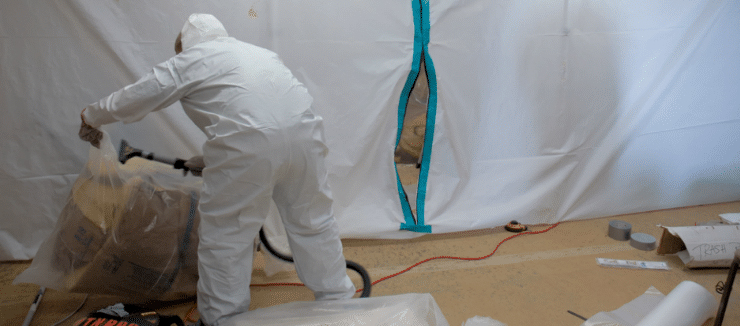
What to Expect for Large Areas of Remediation
- Any affected area greater than 10 square feet.
- Work area and adjacent areas should be unoccupied except for trained technicians.
- The work area should be placed under containment.
- Ventilation ducts in the work area and in areas adjacent to it should be sealed off.
- HEPA filtration should be used.
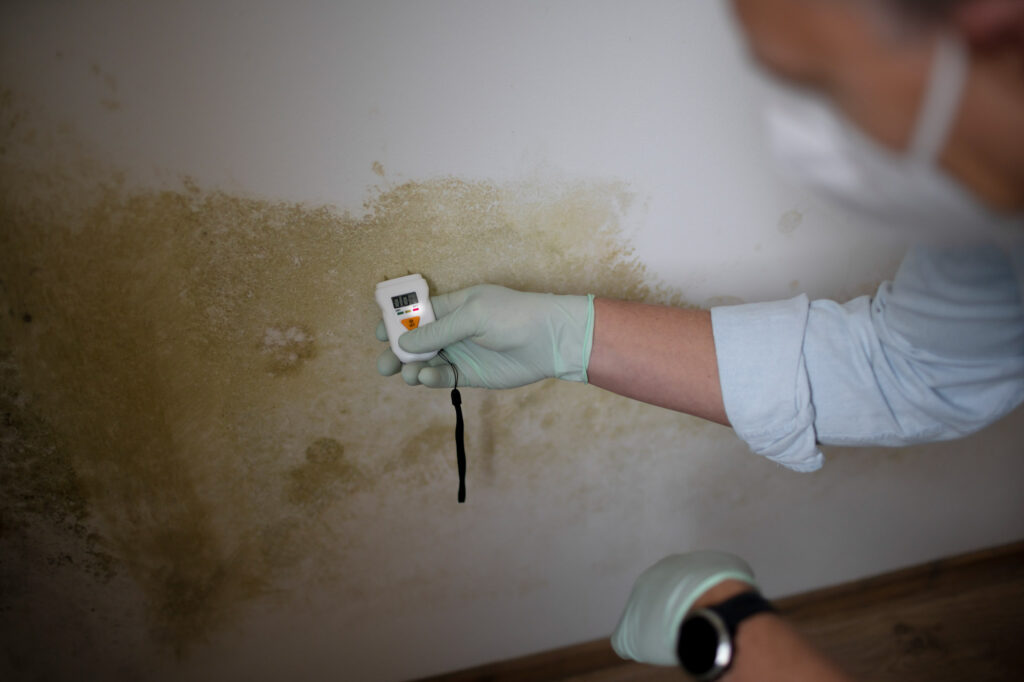
What to Expect for Initial Steps and Preparation
- Assessment and Inspection: The process begins with a thorough inspection by a certified mold inspector to identify mold presence and affected areas. This step is critical for developing an effective remediation plan.
- Home Preparation: Before remediation starts, addressing any moisture issues is essential to prevent mold from returning. Ensuring there’s a clear path to the affected area facilitates the remediation team’s work, involving significant equipment.
Containment and Removal
- Isolating Contaminated Areas: To prevent the spread of mold spores, the affected area will be sealed off with plastic sheeting. HEPA-filtered air scrubbers are also used to purify the air of mold spores.
- Removing Mold-Damaged Materials: Materials heavily damaged by mold, such as drywall and insulation, will need to be removed and safely disposed of. This step is crucial for eliminating mold sources.
Cleaning and Final Steps
- Cleaning: The remediation team will undertake a detailed cleaning of the area, often involving biocides to kill mold and HEPA vacuums to remove spores from surfaces.
- Post-Remediation Testing: After remediation, it’s advisable to conduct another test to ensure the air quality is safe and the remediation was successful.

Safety and Prevention
Throughout the process, safety is paramount. Professionals will wear protective gear to safeguard against mold exposure. Additionally, steps will be taken to maintain indoor air quality and protect unaffected parts of the property. Post-remediation, using antimicrobials can prevent future mold growth, and a final inspection ensures no active mold remains.
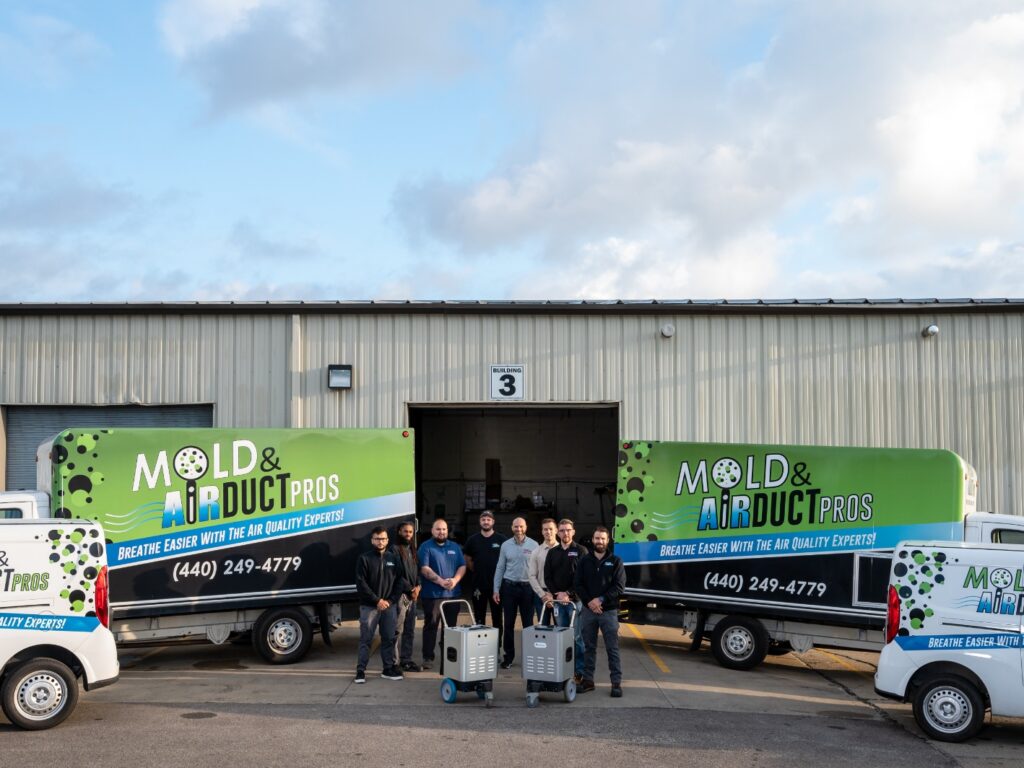
Hiring a Professional
Given the complexity and potential health risks associated with mold remediation, hiring a professional is strongly recommended. They possess the expertise, equipment, and protective measures necessary to safely and effectively eliminate mold. Ensuring your chosen company follows EPA guidelines and conducts a thorough post-remediation inspection can provide peace of mind and long-term protection against mold recurrence.
Incorporating insights from the internal blog at moldandairductpros.com/blog can also provide additional, specific guidance tailored to your situation, enriching the information gathered from external sources.
This overview combines guidance from multiple sources, ensuring a comprehensive understanding of the mold remediation process. For detailed steps, safety precautions, and expert advice, consulting the full articles and engaging with professional remediation services is advisable.
Mold remediation is a serious business. Don’t allow inexperienced workers and low-ball offers influence your contracting decisions and threaten your family’s health and well being. Your first step should be to contact our nationally certified mold remediation company, Mold & Air Duct Pros, when you have a dangerous mold situation in your home. We have been successfully remediating mold in Northeastern Ohio homes and businesses for many years now. Contact us for a free consultation.

